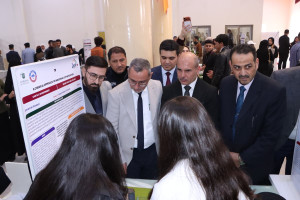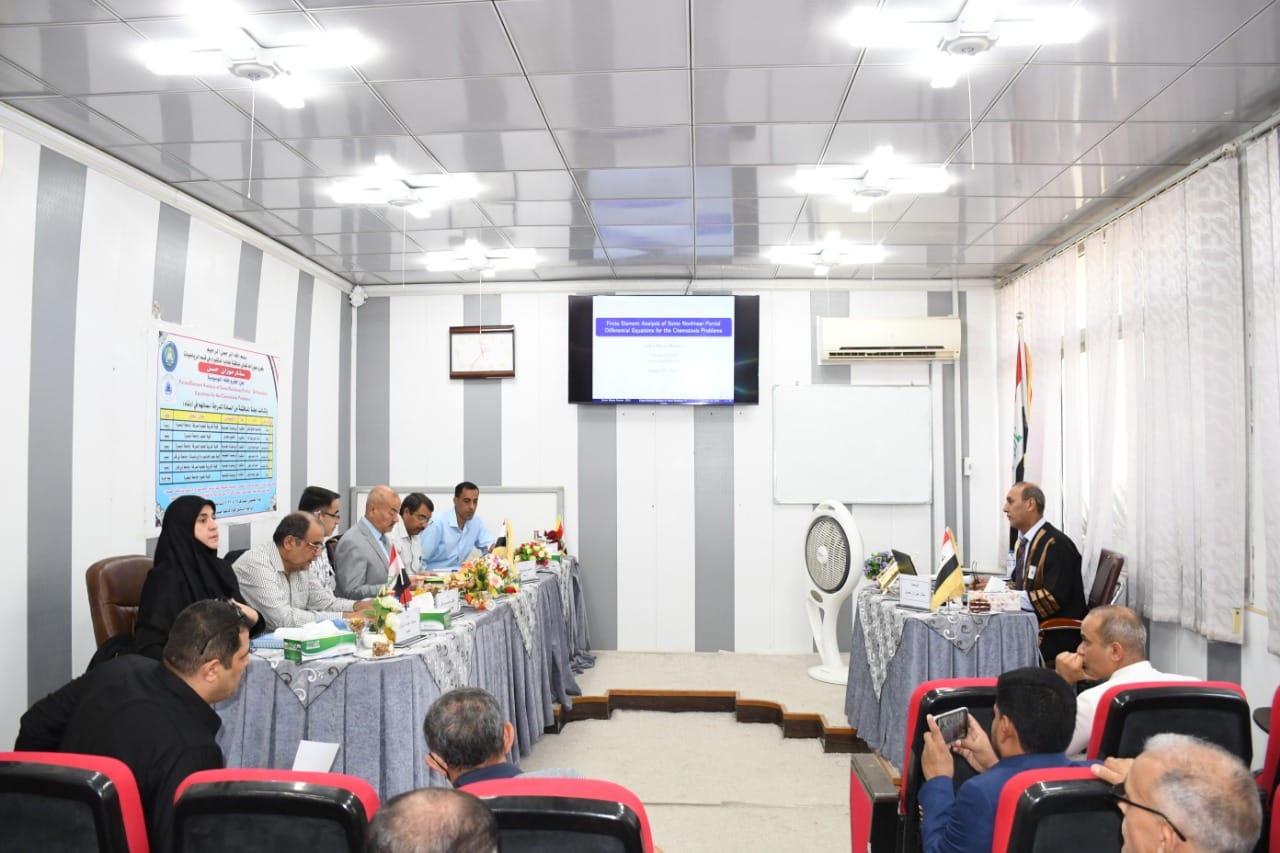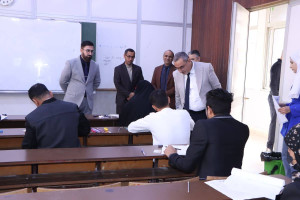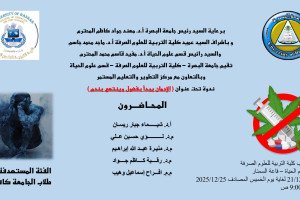
The College of Education for Pure Sciences, University of Basra, in the Department of Mathematics, discussed a PhD thesis (Finite Element Method Analysis of Some Nonlinear Partial Differential Equations for Chemical Attraction Problems)
The thesis presented by the researcher (Star Mozan Hassan Yousef) included in this study, the mathematical and numerical analysis of four interfering propagation systems that arise in applied mathematics was conducted. The first system is the chemoattraction model of two competing colonies using the Keller-Segel model, which represents the directed movement of cellular organisms towards an area of high concentration of a chemical released by the colonies, and which studies the population dynamics of two competitive biological species attracted by the same food. The second system is the Keller-Segel model with additional limits for overlapping self-diffusion and a logistic resource. It was designed to describe the movement of colonies as a chemical attractant or chemical repellant, and it plays an important role in many biological areas, such as embryonic development, immunology, wound healing and cancer growth. The third system is the chemoattractive system of two biological colonies with two chemicals, which is directed to describe the movement of two types of colonies that spread and compete mutually according to classical kinetics whereby individuals migrate towards a chemical signal provided by the opposite species on the basis of random diffusion. The fourth system, is the chemical growth model with indirect attractant production with a logistic source and it is a chemical attraction model, and one of the distinguishing features of this model is that the chemical cross diffusion can automatically impose individual production.
Thesis concluded
A study in answer to a question that has long appealed to the medical and sports community, as the previous mathematical results did not match the biological results in terms of the solution growth in a large way that does not match the actual biological growth of the biological colonies. Previous studies neglected many factors that were adopted and added in this study, including the factors of death, birth and biological competition between the components of a single biological colony. Where we modeled these effects and added them to the systems under study. Two papers from this study have been published in the best international journals, classified within the Clarift classification, with a very high impact factor, as one of the journals occupies the second place in the international classification of journals.









